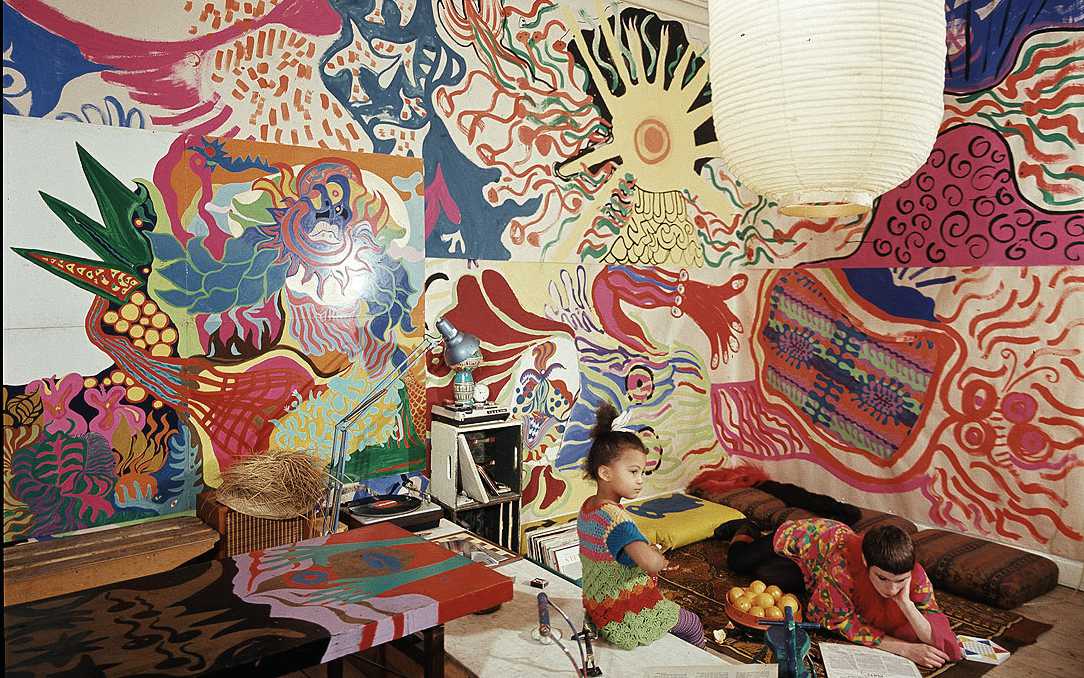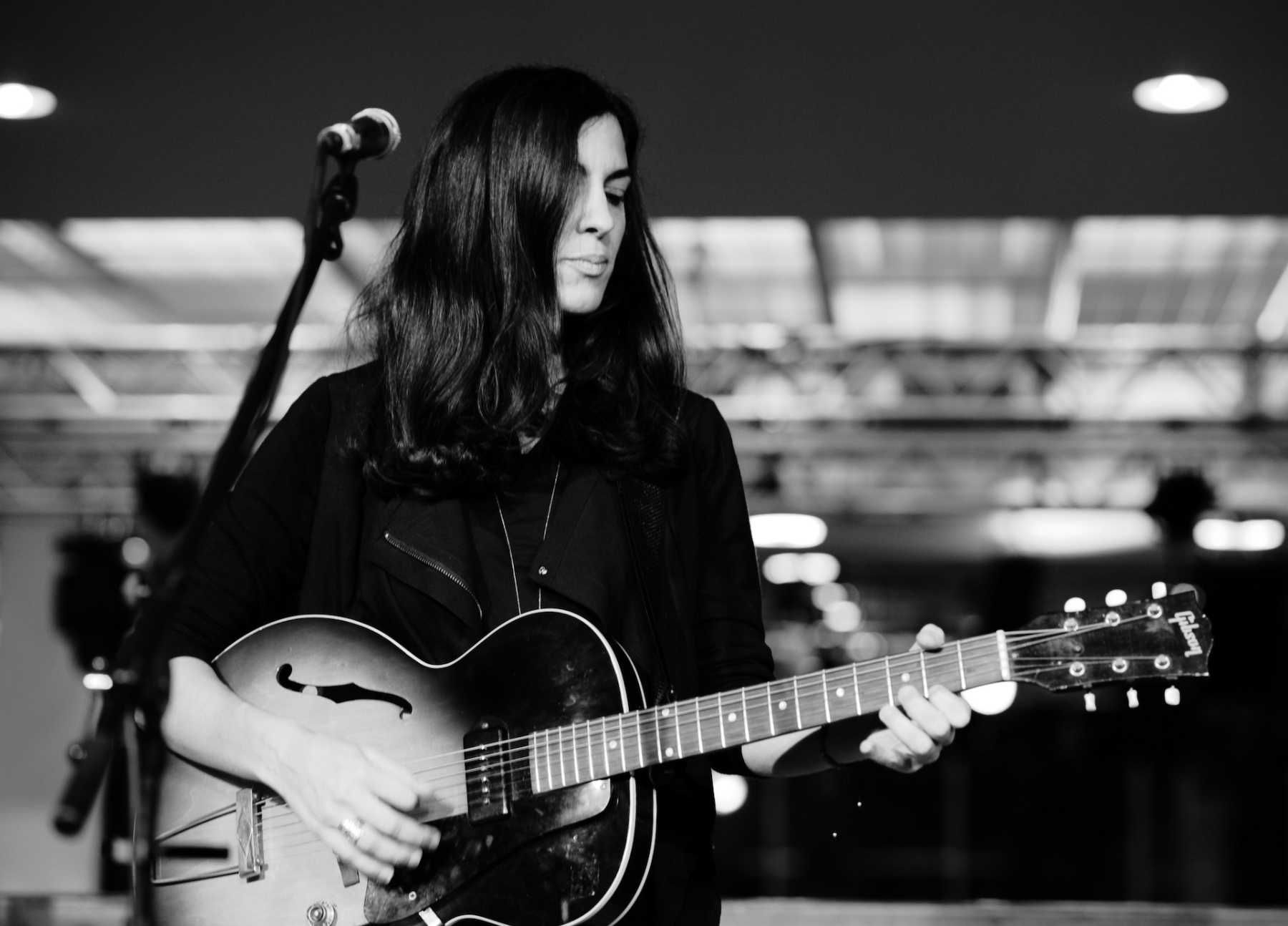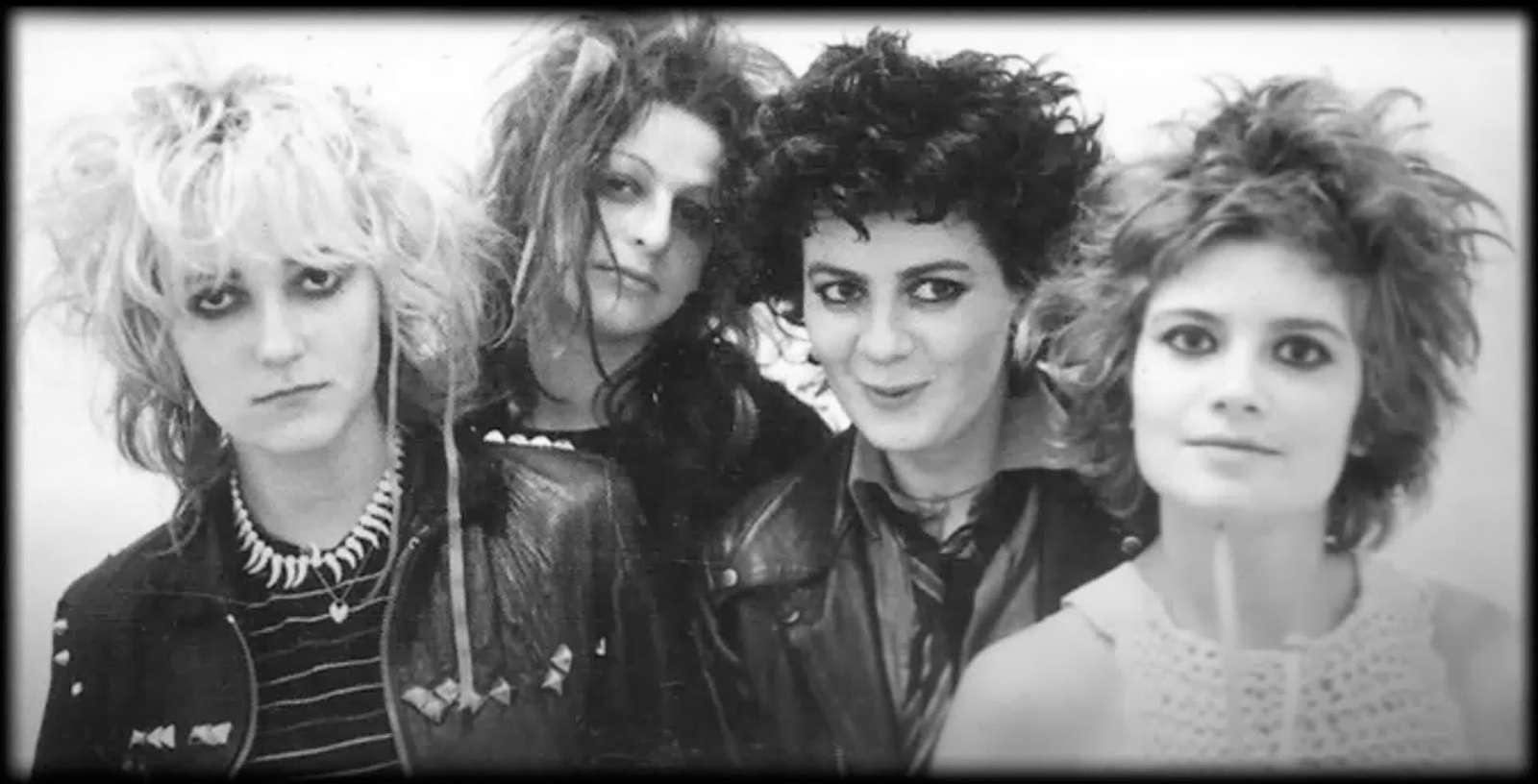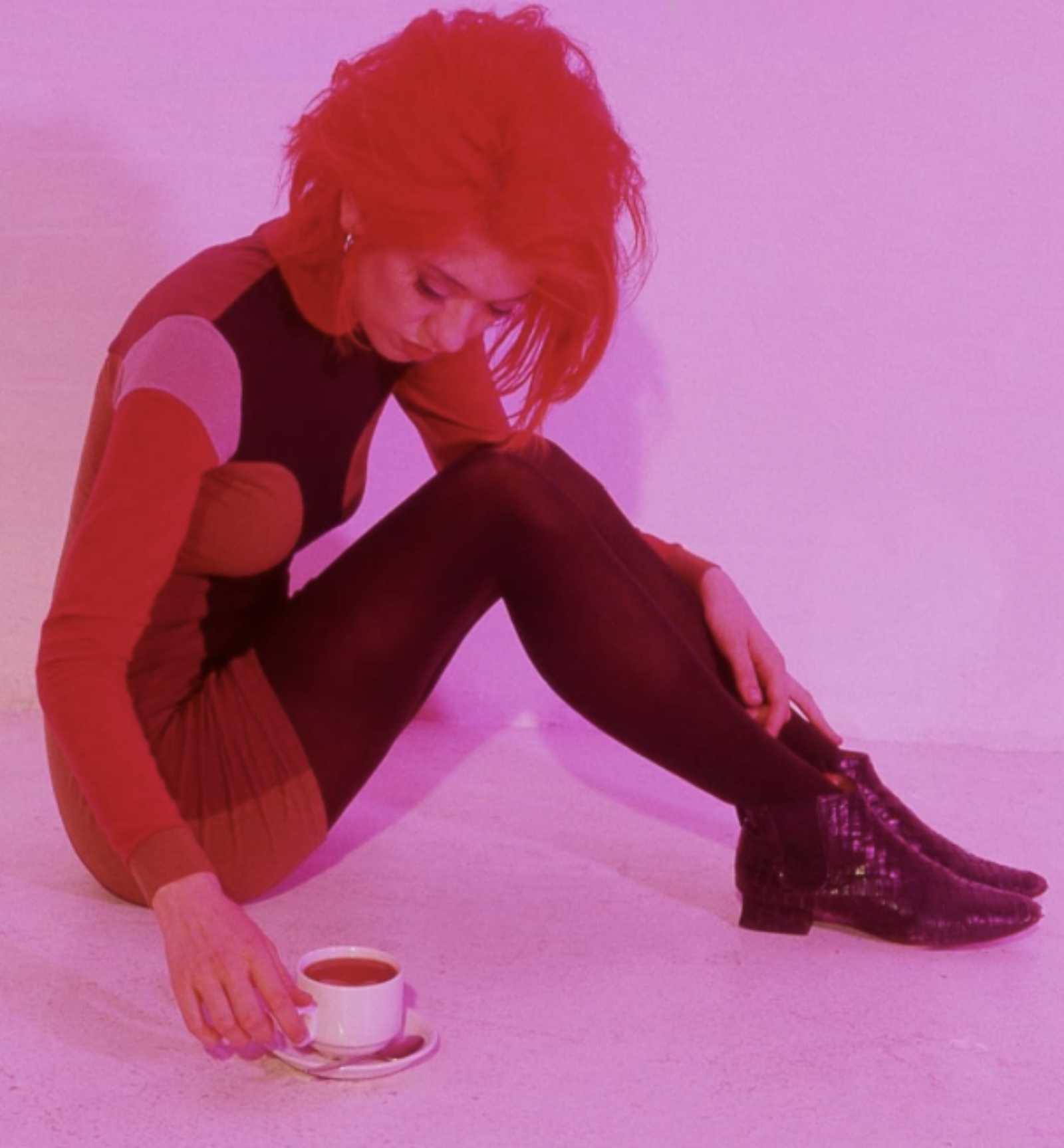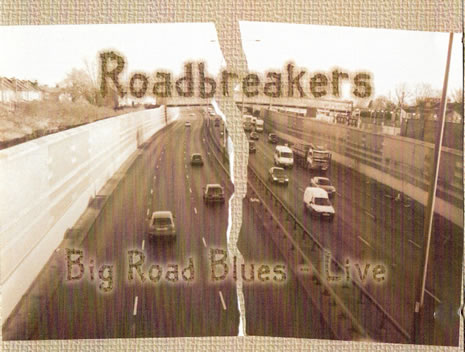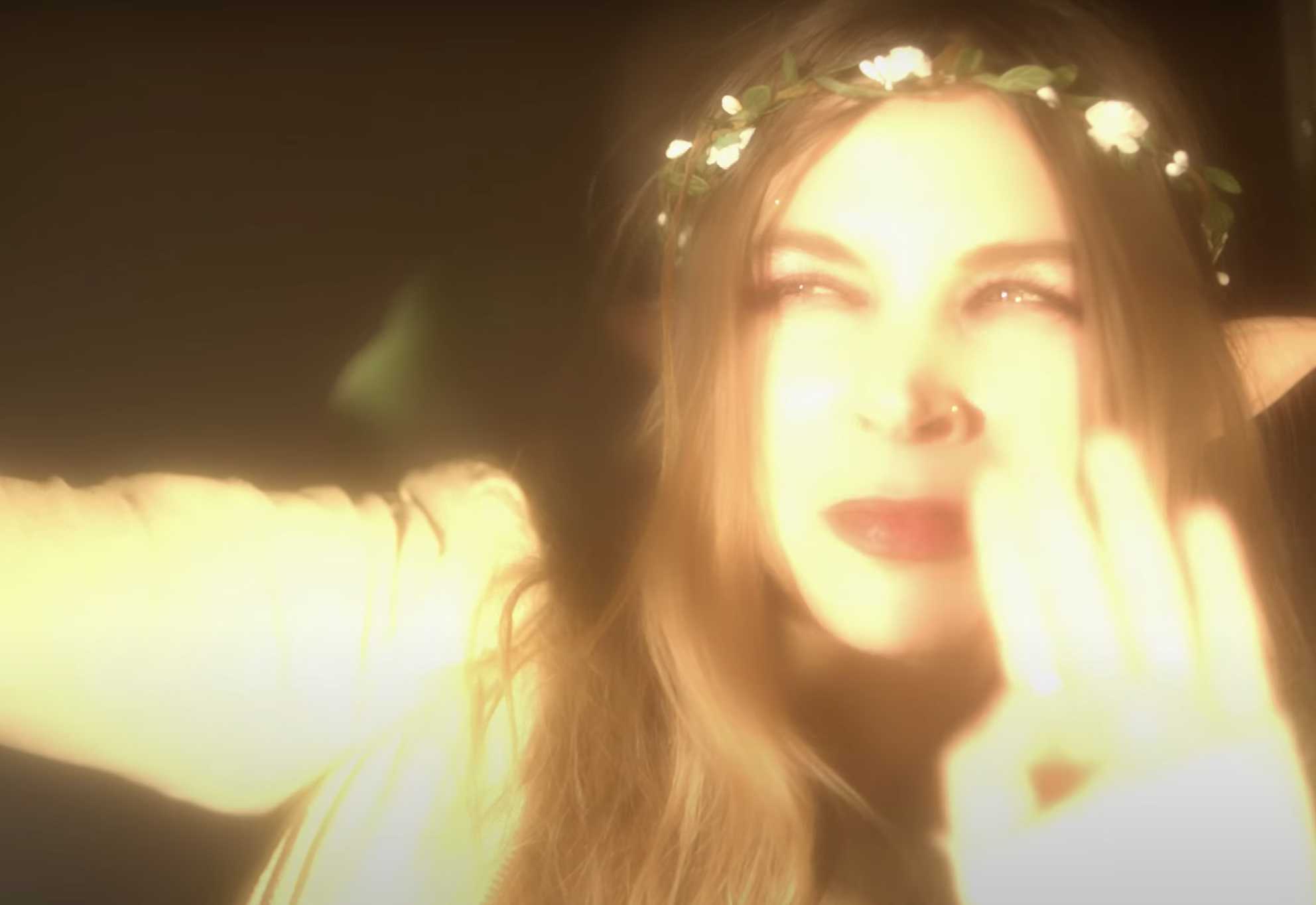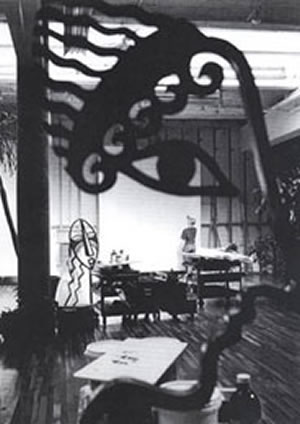Organic Music Societies (Blank Forms)
Accompanying an exhibition and ahead of the release of two new archival recordings, Organic Music Societies is an expansive and long overdue overview of the collaborative practices of Swedish artist and designer Moki Karlsson and her partner the avant-garde jazz visionary Don Cherry. Running to almost 500 pages the book collects texts and images from the Cherry archive including interviews, diary entries, family photographs and a treasure trove of images of Moki’s graphic and textile works.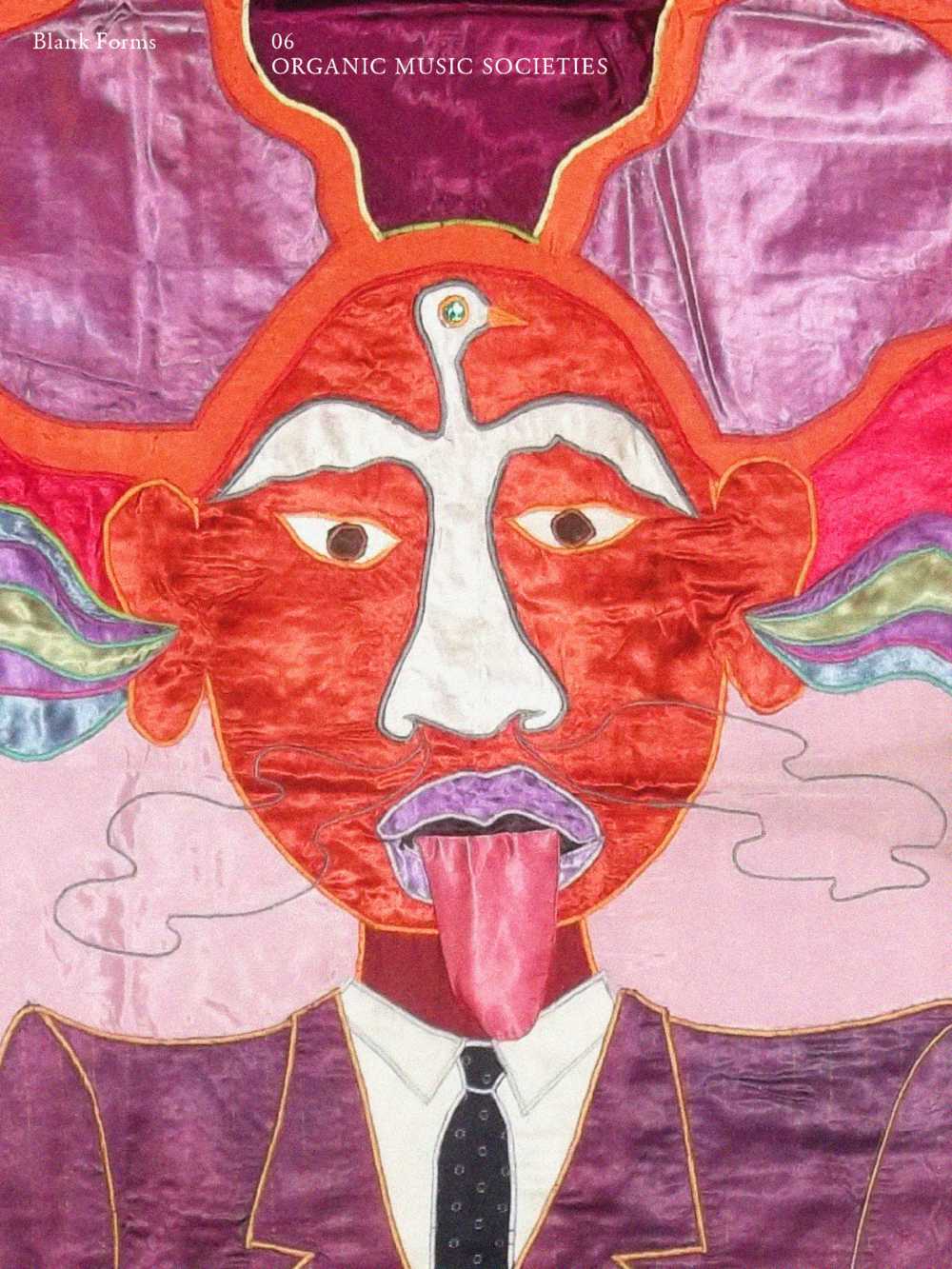
Though jazz academics have occasionally examined Don Cherry’s musical career it has been, more often than not, with reference to his groundbreaking work with Ornette Coleman as they paved the way with “the new thing” into the expressiveness of free-jazz. Cherry’s time spent developing the theories and practices of his own “organic music” a holistic vision embracing sound, art and environment has rarely been investigated. And even less so the contributions of his wife Moki, a vital collaborative influence on his art of the period who, other than in occasional en passant appreciations of her cover art whenever Don’s albums were discussed has been mostly ignored.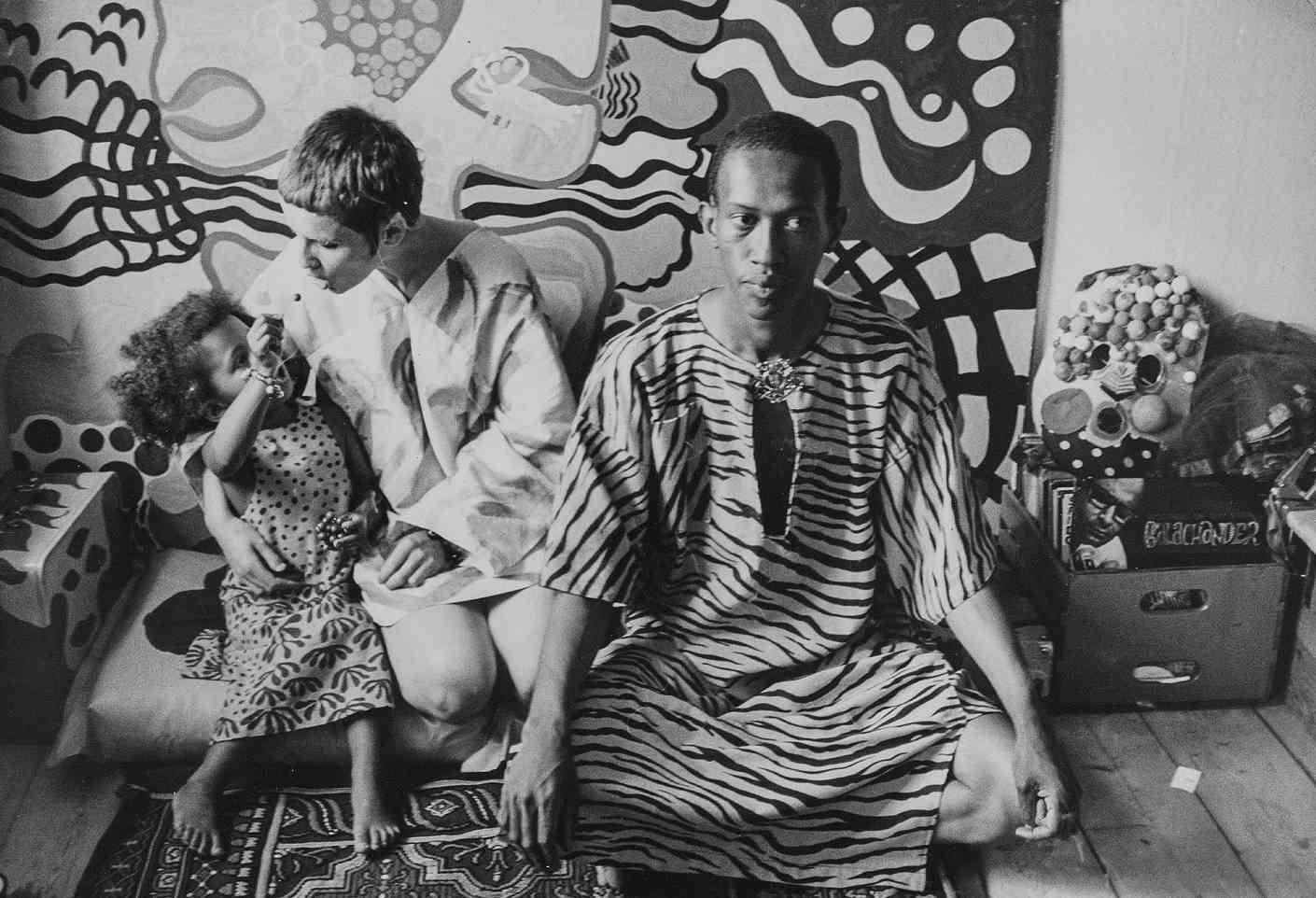
Don and Moki Cherry with Neneh Cherry in Gamla Stan, Stockholm, 1967. Photo: Peter Bjorkegren
When Don first met Moki during his time on a European tour with Sonny Rollins, the young Swedish artist was already an active participant in the Scandinavian “happenings” scene. By the time they united as a couple Don’s wish to step away from the grind of playing jazz clubs, not least the temptations they offered for a struggling heroin addict, perfectly coincided with Moki’s ideas for mixed-media environments. Happenings, where music, costume and visual material could combine in what the couple originally termed “movement incorporated”. The idea was to open out the music and the experience, to break down barriers between performers and audience, to create something free and unbound. An early poster for a Movement Incorporated event, included here, has the exhortation to “bring your own carpet” the thinking being that by inviting the audience to bring a part of their home environment into the performance they became active participants in the spectacle not passive observers.
Don Cherry’s philosophies are clearly expressed in the archive interviews included here. Cherry referred to his music as “collage music”, where the world was wide and everything was worth listening to. He’d sit at home with a short wave radio tuned into global stations and then take the snatches of sounds he’d heard, using what Ornette Coleman referred to as his “elephant memory”, and use them as the beginnings of new improvisations. This receptivity to outside influence wasn’t only limited to music, it could equally snare the sounds of nature when the couple were in the sylvan surrounds of their Swedish countryside home or the noise of the city streets of New York.
This idea of art creation being a collage of lived experience echoes Robert Rauschenberg’s idea of the “combine” where a visual culture clash in a walk from subway to studio could be captured in the space of a piece of art. Instead of picking up old newspapers and car tyres Don caught the sound coming from a distant car radio, the rhythm of a jack hammer or a passing police siren. It all fed into the music. As he states in an interview reprinted here, his compositional process mirrored urban life: “You go around a corner and there’s another life beginning, another whole environment.”
And there’s a similarity in approach between Don’s collage of musical sounds and styles and Moki’s literal collage of colour, texture and material in her quilted drapes and banners built to create the sets in which the musicians would perform. The snapshots of decorated stages contained here are spectacular.
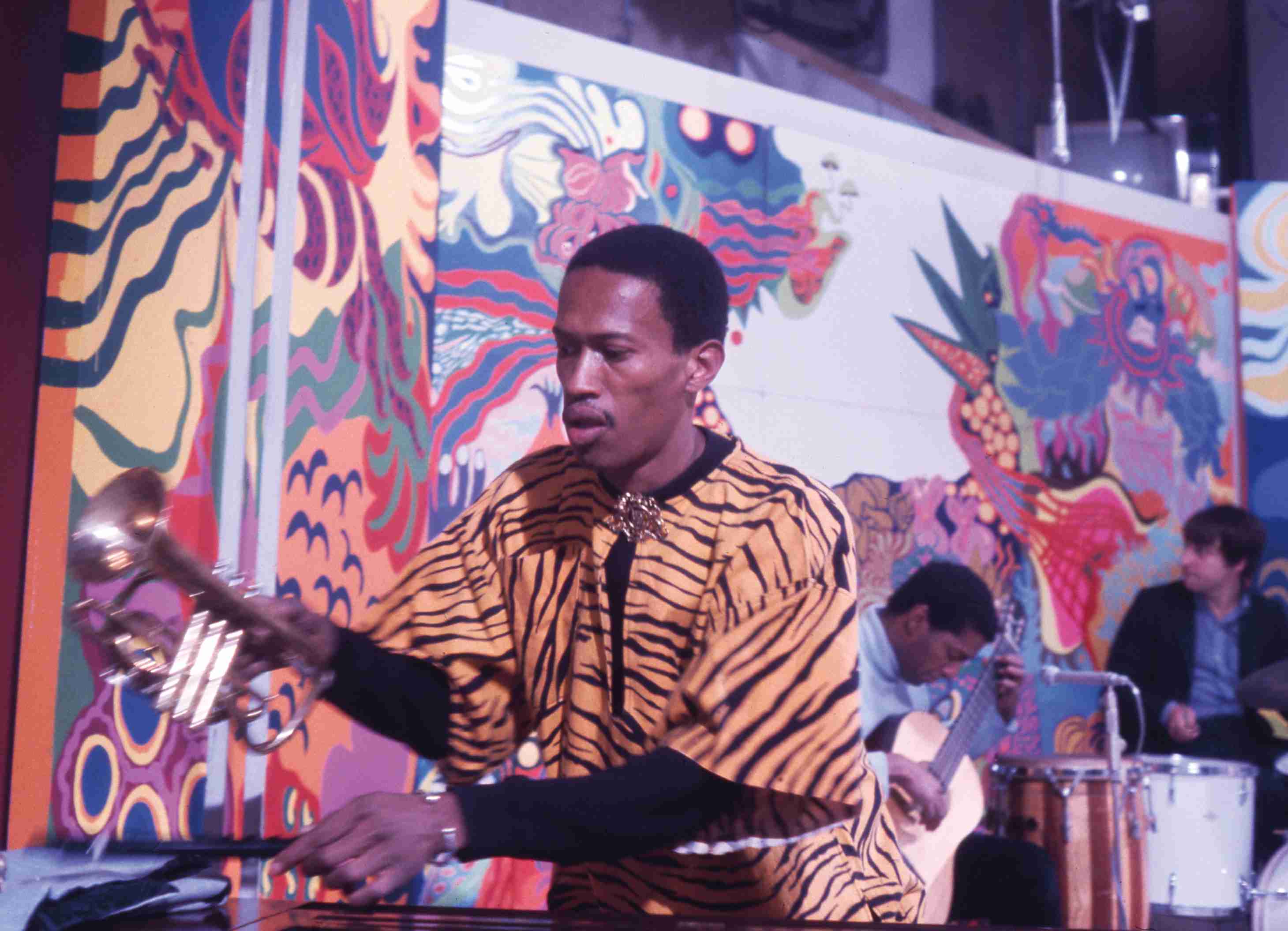
Movement Incorporated concert featuring Don Cherry (trumpet, piano), Pedro Urbina (guitar, drum), and Jacques Thollot (drum kit) on France Télévisions, 1967. Photos: Philippe Gras.
A crucial element of the Cherrys’ practice was the idea of sharing and co-operation. Born from the utopian idealism of the late 60s and moving into the pragmatism of the communal living experiments and new-pastoralism of the early 70s, the Cherrys’ symbiotic lifestyle/artistic output, particularly in their Swedish home in Tågarp, centred on the dual notions of collaboration and experimentation, all the time grounded by Moki’s personal motto: “To Help Make The World a More Beautiful Place”. To get an idea of the artistic milieu that surrounded the Cherrys in Sweden this book reprints a facsimile of the single issue of their house journal edited by Keith and Rita Knox in 1971 which is made up of prose, poetry and prayers. Alongside a fascinating interview with Terry Riley, the journal also includes one of two crucial interview transcripts which focus on Don Cherry’s pedagogical practices especially in reference to his time as artist-in-residence at Dartmouth College.
This entire volume is imbued with the generosity of spirit that’s visible in every stitch of Moki’s textiles and heard in every note of Don’s music. A first deep dive into a remarkable visual archive. A compendium of insights and anecdotes, academic texts and the reminiscences of family and friends. And a map from which further explorations can be charted. Book of the year. Hands Down.

Moki Cherry, Brown Rice, 1975, appliqué on silk with mixed fabrics
ESSENTIAL INFO:
Main Photo: Apartment in Gamla Stan, 1968. Photos: Sven Åsberg.
Organic Music Societies - Edited by Lawrence Kumpf with Naima Karlsson and Magnus Nygren. Introduction by Lawrence Kumpf and Magnus Nygren. Text by Keith Knox, Rita Knox, Bengt af Klintberg, Iris R. Orton, Åke Holmquist, Pandit Pran Nath, John Esam, Michael Lindfield, Sidsel Paaske, George Trolin, Alan Halkyard, Moki Cherry, Don Cherry, Ben Young, Christer Bothén, Ruba Katrib, and Fumi Okiji. Interviews by Keith Knox and Rita Knox with Don Cherry, Terry Riley, and Steve Roney. Published by Blank Forms.
Two previously unreleased Don Cherry albums will be issued in June.
The exhibition is open from April 8 at Blank Forms in Brooklyn.
Further information and pre-order details for the book and albums from https://blankforms.org/
